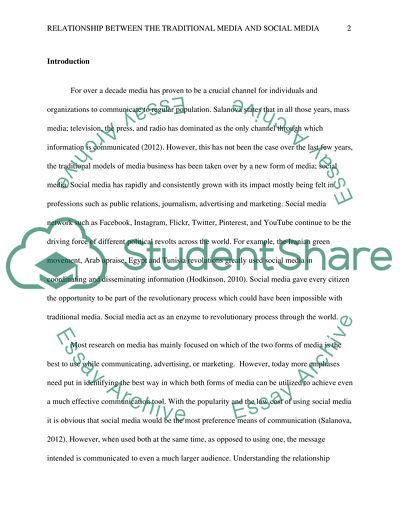Cite this document
(“Relationship between the Traditional Media and Social Media1332 Essay”, n.d.)
Relationship between the Traditional Media and Social Media1332 Essay. Retrieved from https://studentshare.org/journalism-communication/1701243-representation-between-media-culture-and-media-technology
Relationship between the Traditional Media and Social Media1332 Essay. Retrieved from https://studentshare.org/journalism-communication/1701243-representation-between-media-culture-and-media-technology
(Relationship Between the Traditional Media and Social Media1332 Essay)
Relationship Between the Traditional Media and Social Media1332 Essay. https://studentshare.org/journalism-communication/1701243-representation-between-media-culture-and-media-technology.
Relationship Between the Traditional Media and Social Media1332 Essay. https://studentshare.org/journalism-communication/1701243-representation-between-media-culture-and-media-technology.
“Relationship Between the Traditional Media and Social Media1332 Essay”, n.d. https://studentshare.org/journalism-communication/1701243-representation-between-media-culture-and-media-technology.


